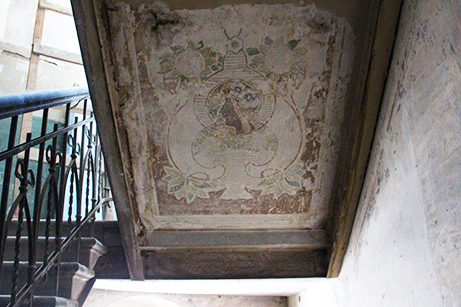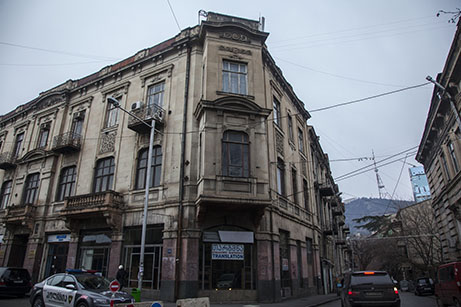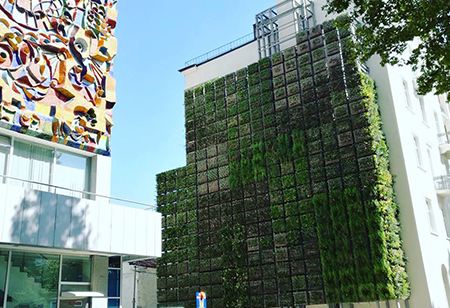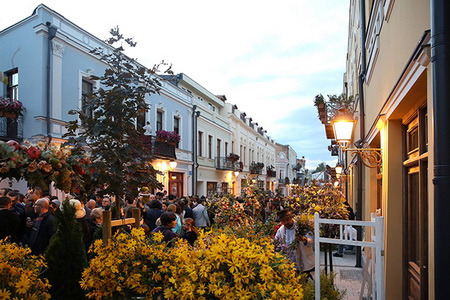More pedestrian and tourist zones for Tbilisi:
8 central city streets close to traffic
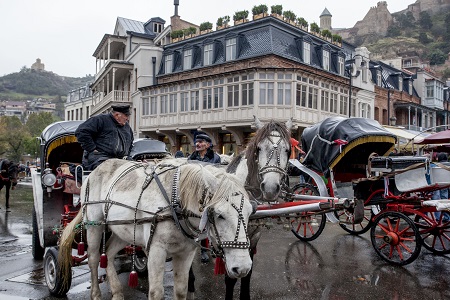
Eight streets in Tbilisi’s historic district are closing to traffic, giving way to new pedestrian-only areas in popular tourist areas of Georgia’s capital.
This afternoon Tbilisi Mayor’s Office announced the new initiative, which was part of the New Tiflis Project – a Governmental project that envisaged rapid and major transformation to renovate the old, historic city, add new tourist routes and create more recreation zones for locals and visitors.
As well as creating new walking zones, the new pedestrian-only areas will create new small-business opportunities and help get Tbilisi known as an environmentally-friendly, walkable city.
The New Tiflis Project launched in February 2016 and is due to be completed by the end of the year.
Click on the map of Tbilisi to see the walking zones, marked in red, orange, green and blue colours.
The eight roads that will close to traffic are:
- From 44 Aghmashenebeli Ave to Saarbrucken Square;
- Erekle II St;
- The street leading to Tbilisi Botanic Garden;
- Alexander Dumas St;
- Gorgasali I Turn (near Meidan Square)
- Shardeni St;
- Bambis Rigi St;
- Rkinis Rigi St.
The streets will be closed to traffic for mid-October.
Tbilisi Development Fund, which operates under Tbilisi Mayor’s Office and is responsible for the development project, offered latest information about the New Tiflis Project. Currently major works are ujnderway to restore the integrity and facades of old buildings on Aghmashenebeli Ave.

The most recently rehabilitated building on the Aghmashenebeli Ave. Photo by the Tbilisi Development Fund.
The most recent building to be completely rehabilitated was a 19th Century dwelling at 29 Aghmashenebeli Ave. The house is believed to have been built by an Armenian merchant whose descendants lived there until 2003.
More than 200 professionals including architects, historians, urbanists, art critics and others are involved in the project and working with the Government to develop an urban environment plan for Tbilisi so its 1.5 million residents and visitors can enjoy the cultural and diverse landscape.
 Tweet
Tweet  Share
Share

